North Atlantic Right Whale – Amazing Canadian Wildlife
These extremely rare whales spend the summer in Canadian waters.
Once much more common, there are only about 500 of them left on Earth.
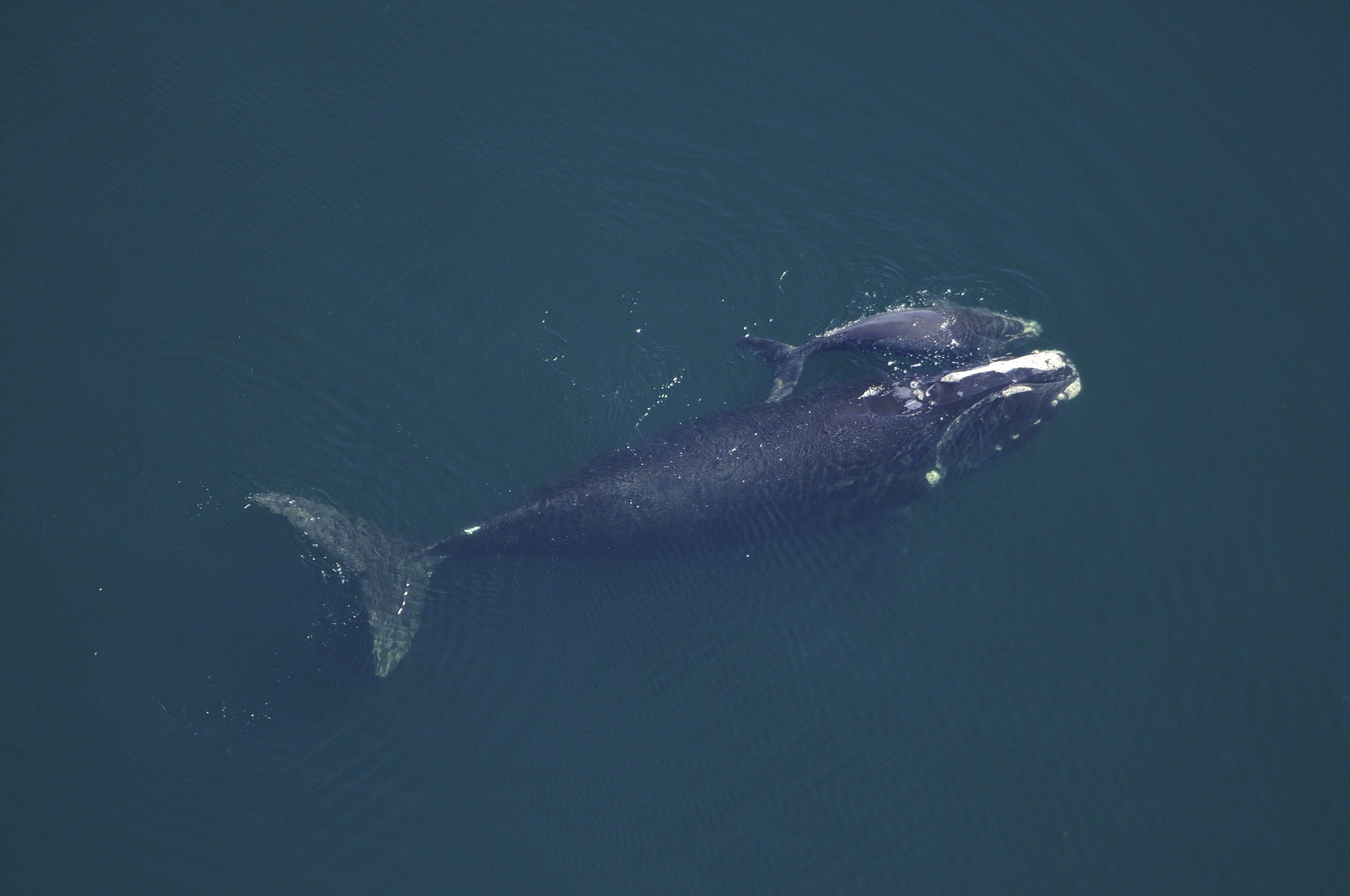
These extremely rare whales spend the summer in Canadian waters.
Once much more common, there are only about 500 of them left on Earth.
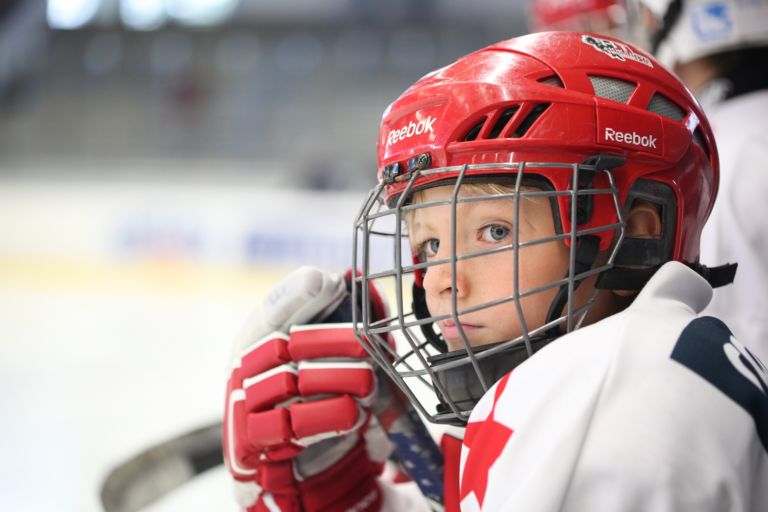
The video below is an animated version of a short story by Roch Carrier, who narrates this tale based on his boyhood experiences in rural Quebec. Imagine a young boy’s chagrin when his only Montreal Canadiens hockey sweater wears out and ‘Mr. Eaton’ sends him a Toronto Maple Leafs sweater by mistake!
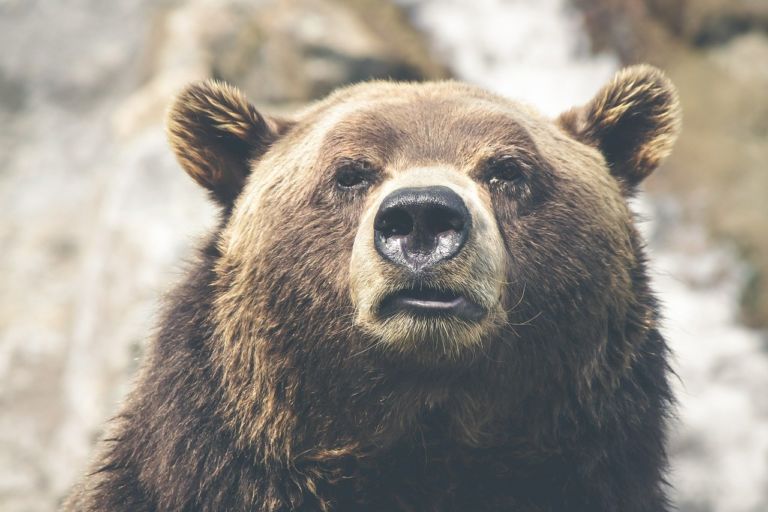
Next to the polar bear, the grizzly bear is known as the 2nd largest land carnivore in North America. These large bears not only eat meat, but also grass, nuts, seeds and berries so they are actually omnivores. Did you know that the Grizzly Bear is not true a hibernator? In the winter its body temperature…
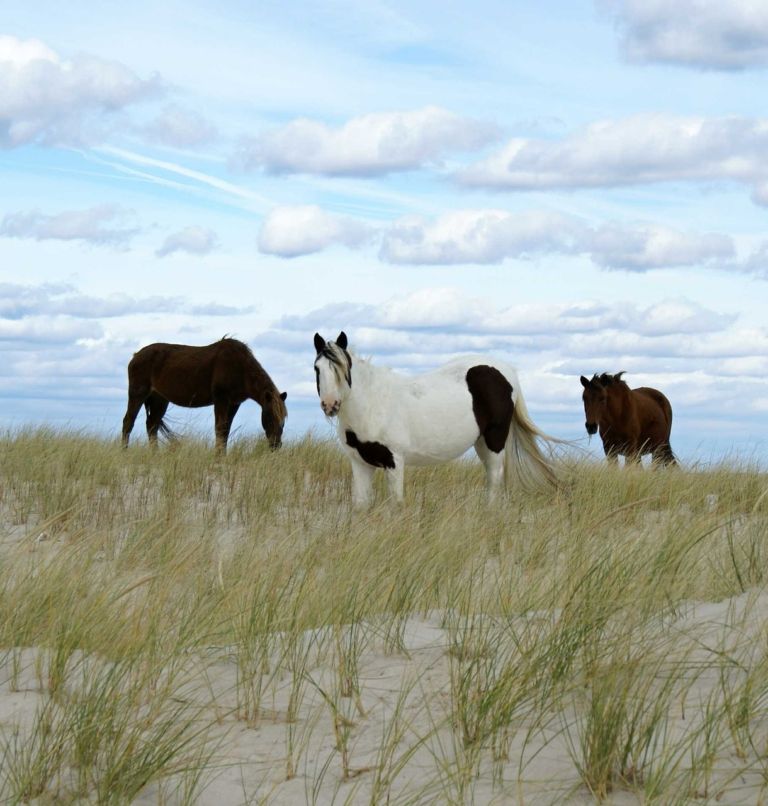
Prepare to embark on an adventure with Rick Mercer to a truly extraordinary corner of Canada: Sable Island. Imagine a slender crescent of sand, perpetually reshaped by the relentless forces of the Atlantic, lying far out at sea. This is no ordinary beach; it’s a dynamic ecosystem unlike any other, teeming with life and steeped…

Loyalists who came by land to Quebec and Ontario brought their belongings in covered wagons. Click on the button below for printable craft instructions for a Covered Wagon Craft made with craft supplies around the house. Bonnets – In New France, women and girls wore coifs or caps all the time. Different caps were…
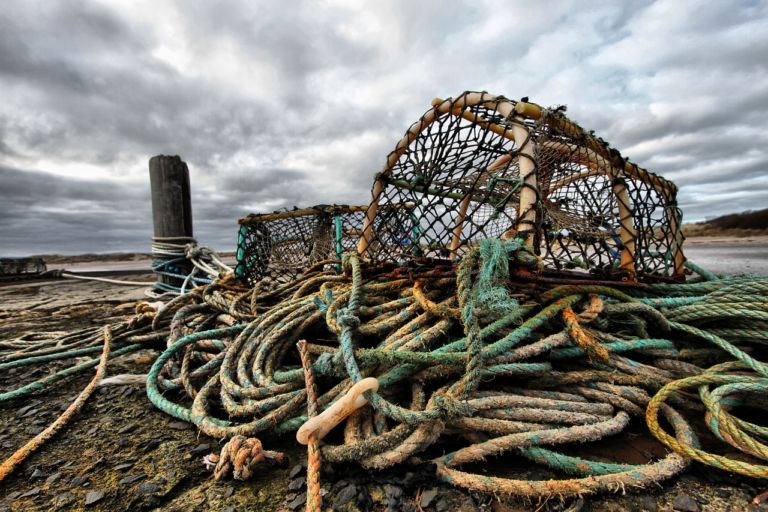
The North American Lobster may be an item on a fancy menu, it is, first and foremost, an important wildlife species to our Atlantic coast’s ecology. Dive in, and discover this fascinating animal! In the mid-1880s – only ten years after the lobster boom began – overfishing drove the stocks to dangerously low levels. The…
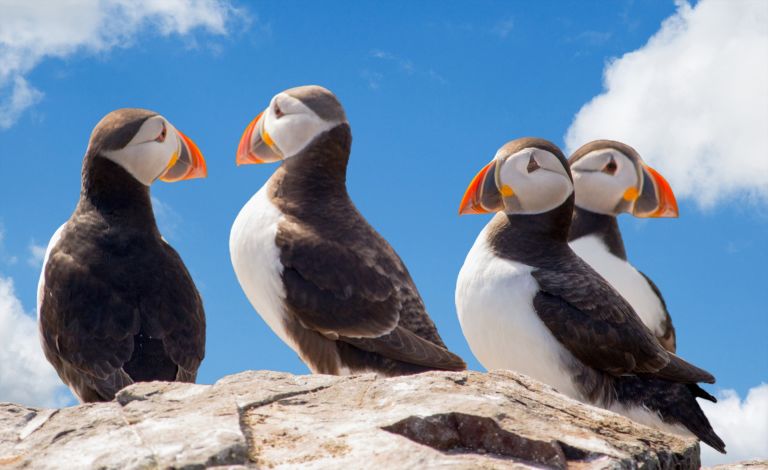
Puffins are one of our favourites – a most amazing seabird. The Atlantic Puffin, known in Canada as Newfoundland and Labrador’s provincial bird, is the smallest of the four species of puffins? Their parrot-like beak changes colour in the year, from dull grey in winter to bright stunning orange in spring. They range in the…